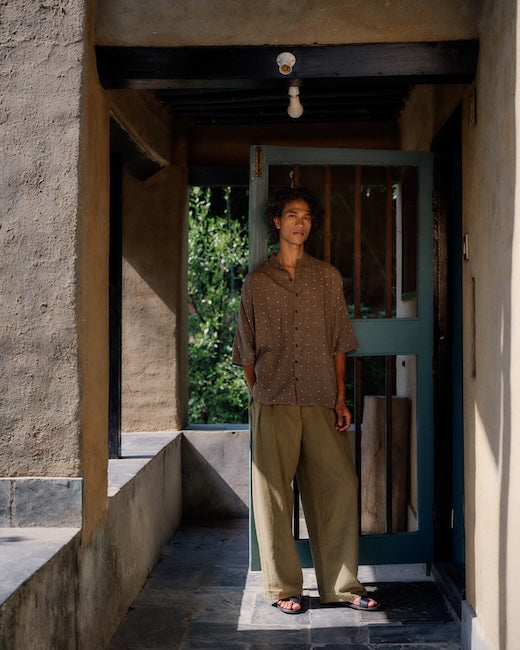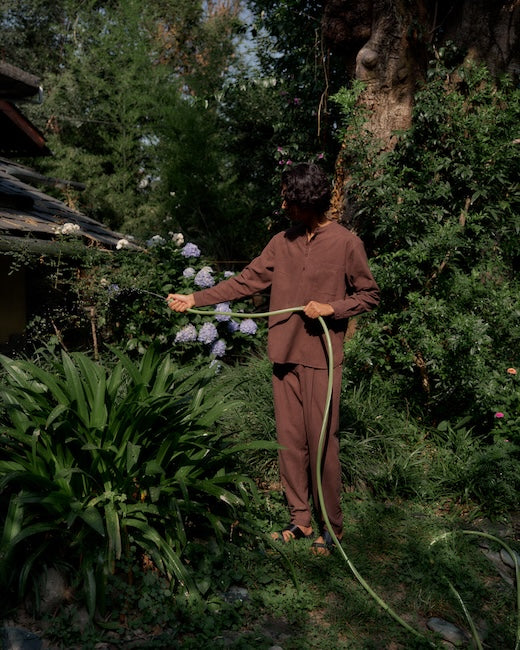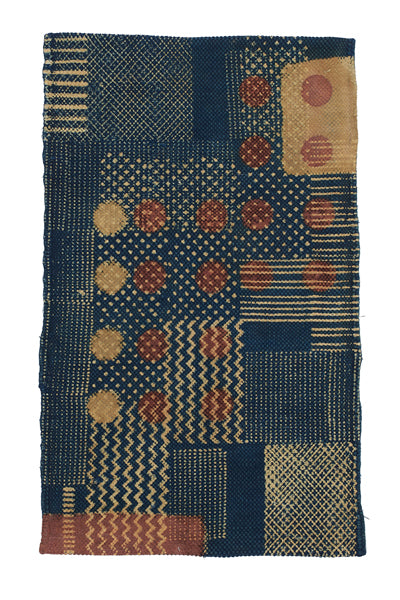
White Gold: The Story of Cotton in India
Cotton has long been called white gold- for its quiet, enduring power and how it has shaped the country’s social and economic fabric. Rooted deep in Indian soil, it has offered conscious clothing choices, clothed generations, sustained entire communities, and its unique understated features often remain unknown to the wearer.

Cotton Bales at Bombay Port, 1862
At 11.11 / eleven eleven, we are bringing back the cotton heritage of India for its beautiful versatile quality, rich history and astonishing properties. We look at cotton not just as a material, but as a living, breathing fiber that connects people, land, and craft.
India’s relationship with cotton can be traced back to the Indus Valley Civilization. Every region in the country has its own kind of cotton seeds that grows according to the specific weather, climate and geographical conditions. Hence, each kind has unique characteristics resulting in different fabrics. Today, reclaiming cotton’s legacy means returning to the soil — to indigenous cotton varieties, keeping alive the resilience and intelligence of regenerative cotton farming in India.
The Indian indigenous Cotton seed (White Gold) is unique in its DNA. It adjusts itself to the environmental elements of the region it grows in. This seed has been around for thousands of years, quietly growing this precious resource, working with nature and without asking a lot. With no pesticides required, it depends only on rainfall for irrigation. Cotton grown in dry areas is generally coarser, while that from humid regions nurtured by rainfall, is finer and softer.
There were more than 100 varieties of this splendid raw material designed by Mother Nature and the Indian soil. Today there are around 10-12 varieties that have survived, out of which, we use a few of them on a regular basis in different proportions, along with our 100% natural dyes. Be it Kala Cotton, which is used in our first-ever Indian handspun denims or Ponduru (red cotton), which has a natural red hue used to make finer 80s-count lightweight fabrics like summer shirts, we have been celebrating the cotton seed indigenous to this land.
 Close up shots Ponduru Cotton (Image 1) and Kala Cotton (Image 2)
Close up shots Ponduru Cotton (Image 1) and Kala Cotton (Image 2)
Benefits of indigenous cotton clothing:
Cotton has always symbolized abundance, craftsmanship, and self-reliance — until colonial industrialization transformed this living craft into a commodity. Beyond its history, cotton’s beauty lies in its function. It is an intelligent fiber that adjusts to the skin and climate. Handspun and handwoven indigenous cottons go even further, using hundred times less water in its making and allowing the material to retain its natural softness, strength, and breathability while the tiny air pockets within the yarn enhance its insulating ability.
Cotton is one of the few fibers that truly breathes with you. Its hollow structure allows air to move freely, keeping the body cool in humidity and comfortably warm when the temperature dips. Over time, cotton absorbs the stories of its wearer. With every wash and wear, it softens, shifts, and becomes distinctly yours. It’s this responsiveness — its ability to breathe, insulate, and age with grace — that makes cotton a material that listens to the body, honours the earth, and continues to remind us why it has been called white gold for ages.

Farmer at Kala Cotton form with the crop
For us, each handmade cotton garment is a conversation with the earth, as we work closely with farmers and artisans who continue to cultivate and spin — re-establishing a circular, self-sustaining system that respects both maker and material. With tradition woven with each thread, every indigenous cotton garment carries the story of care, connection, and continuity.
Also Read:-
The Cultivation of Indigo in Hapur: A Journey into Natural Dyeing
Maringna Village - Traditional Quilting Cluster (Kantha)










